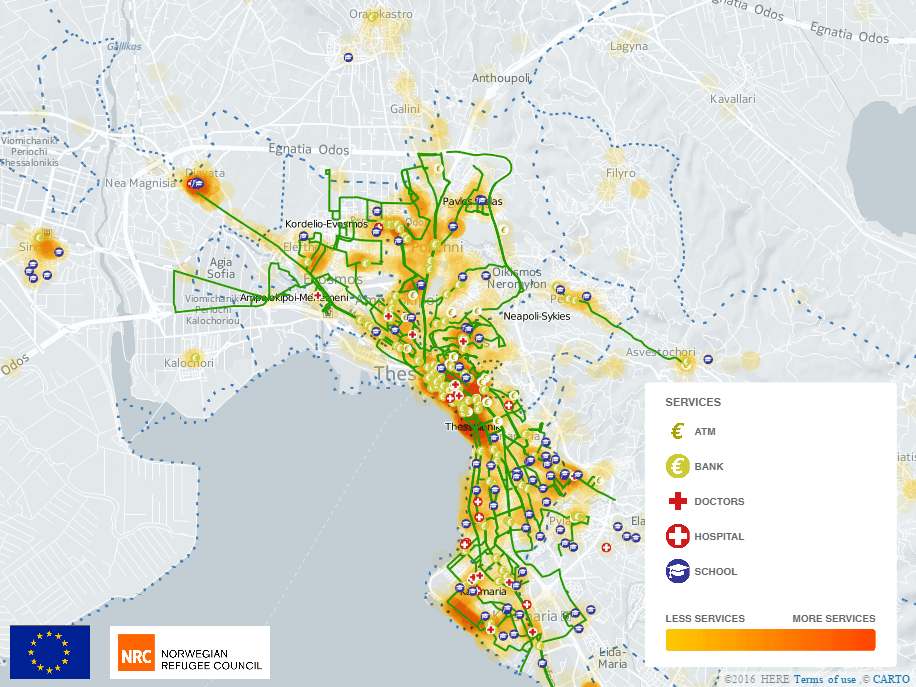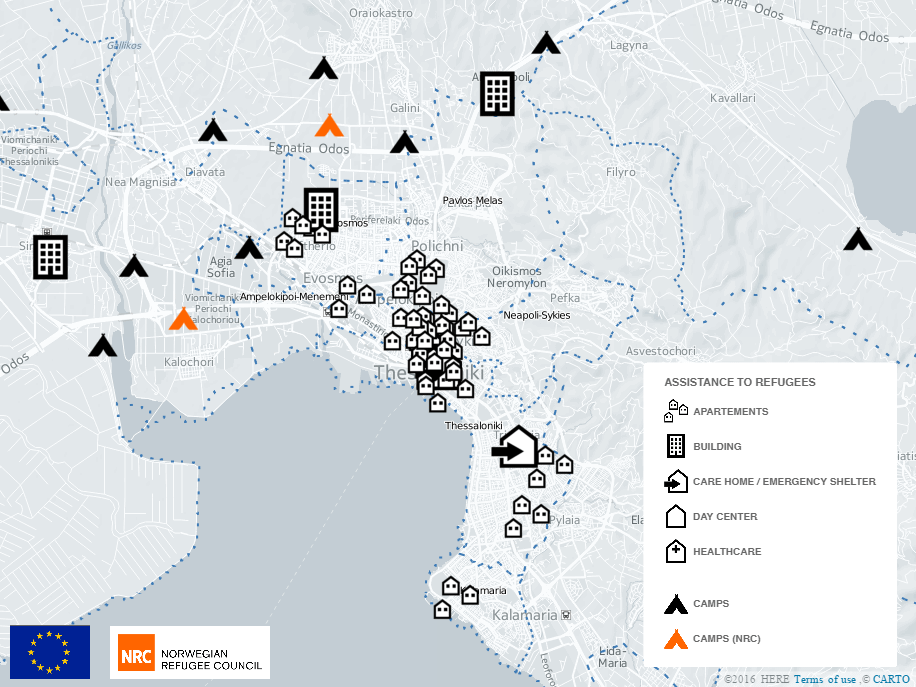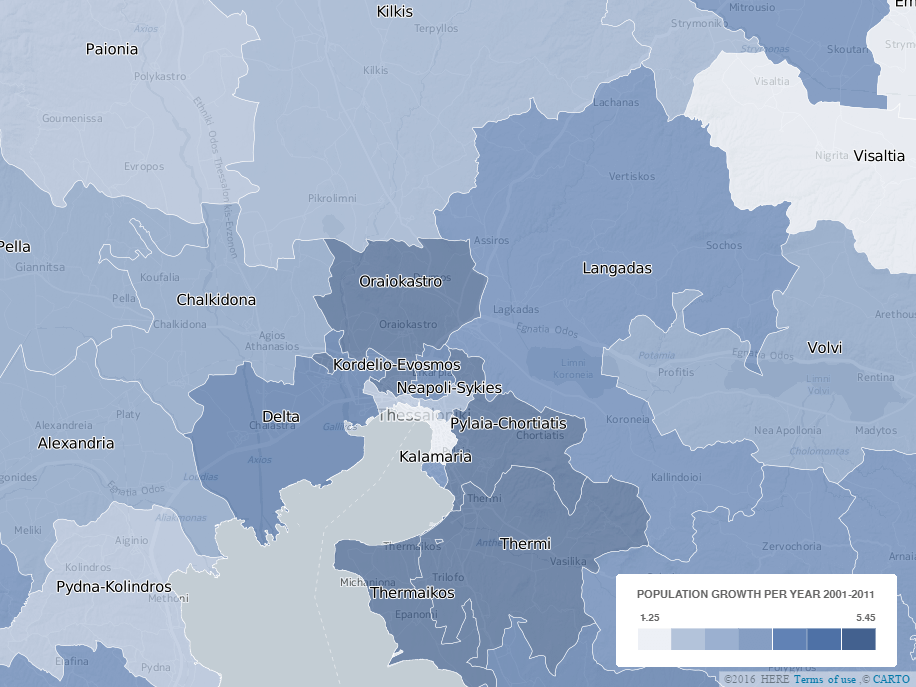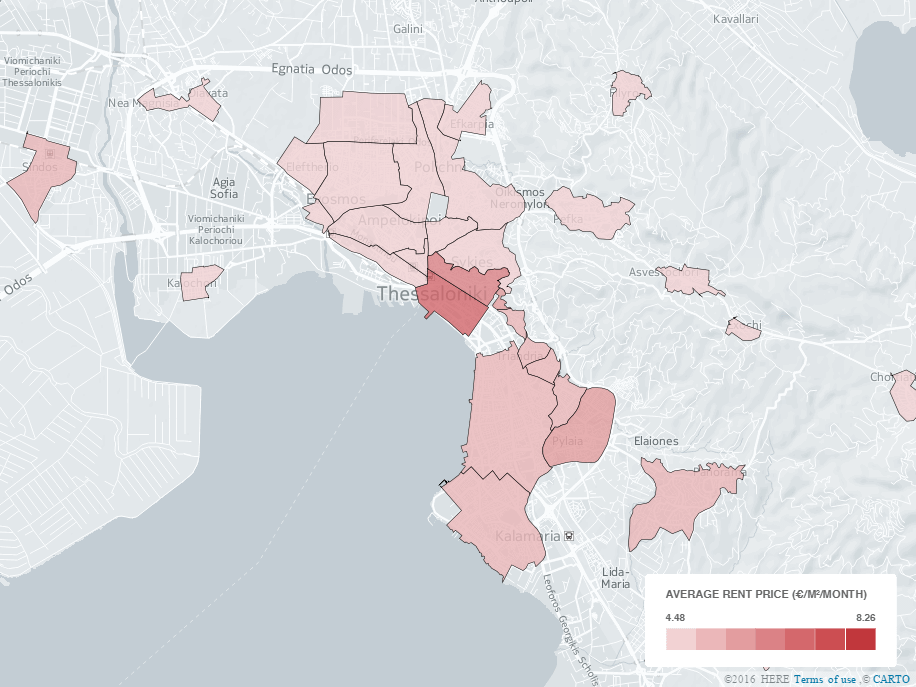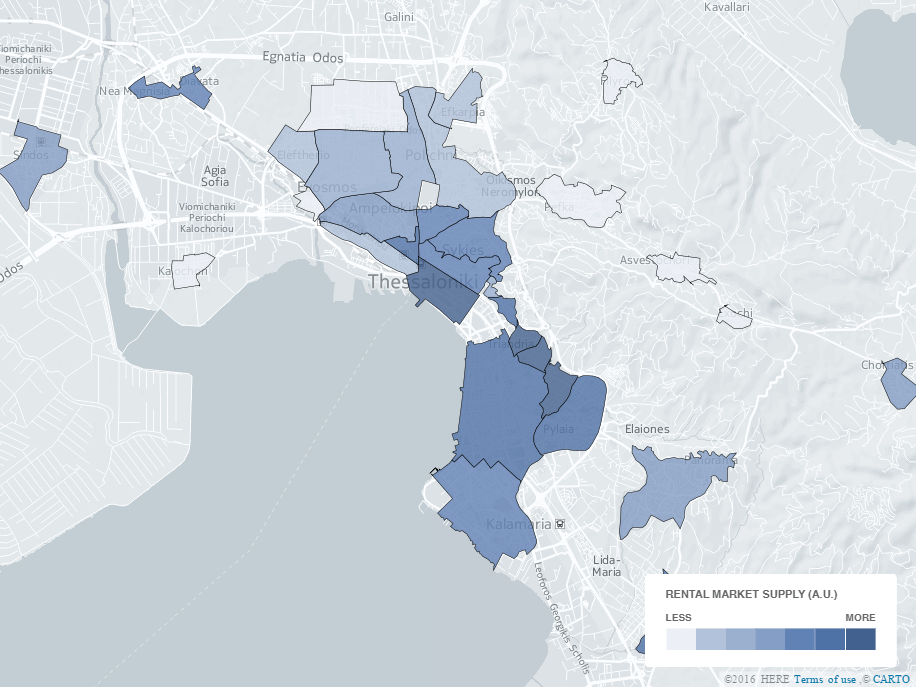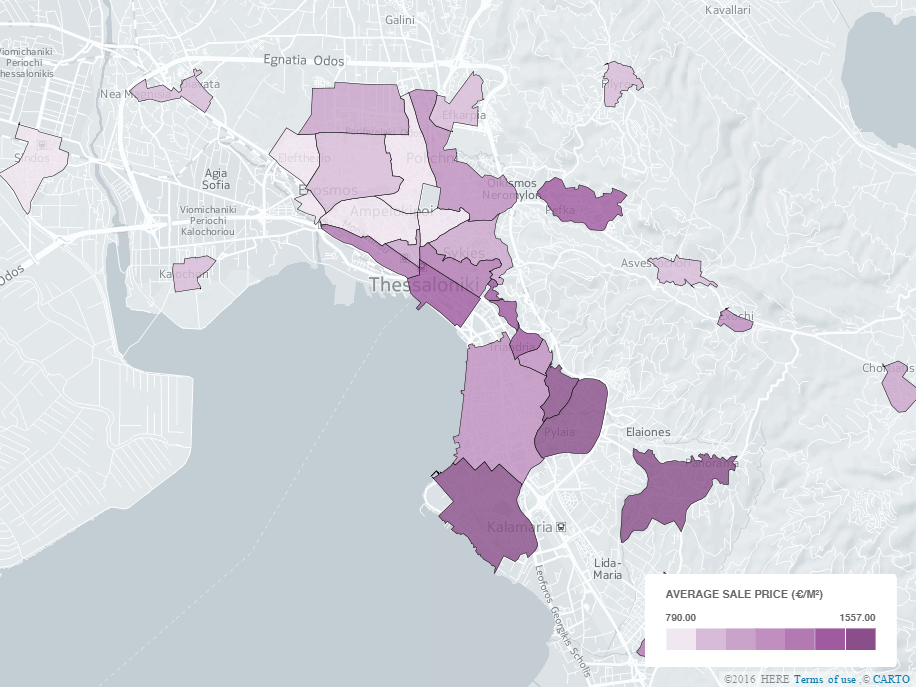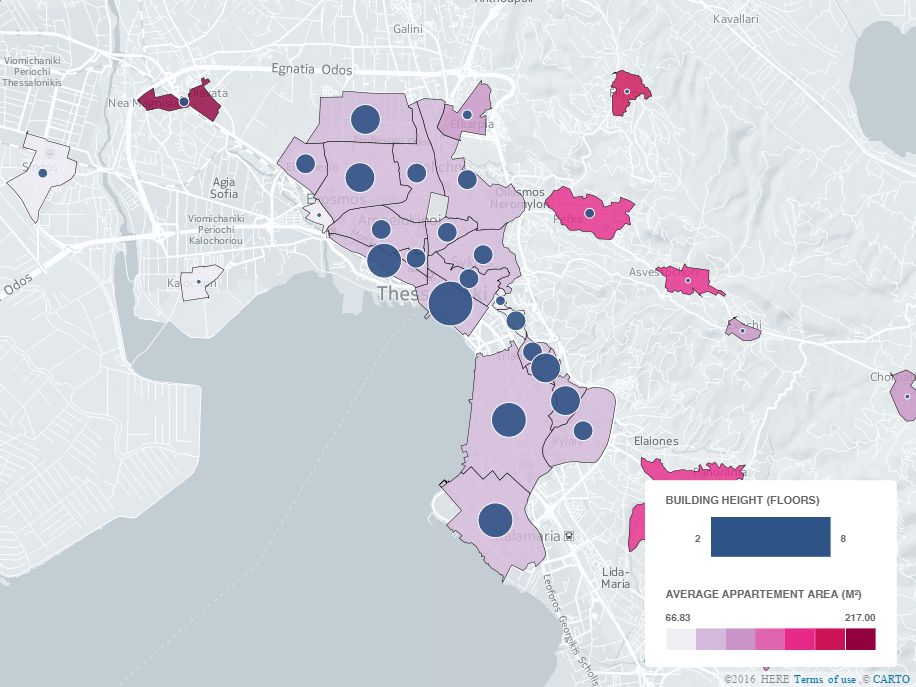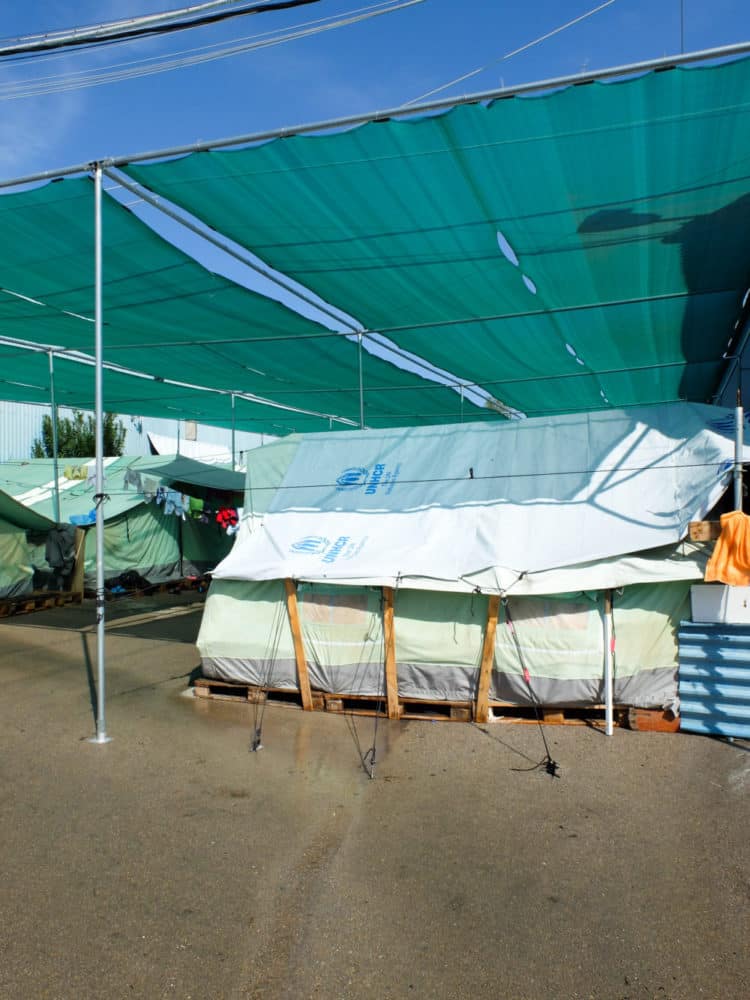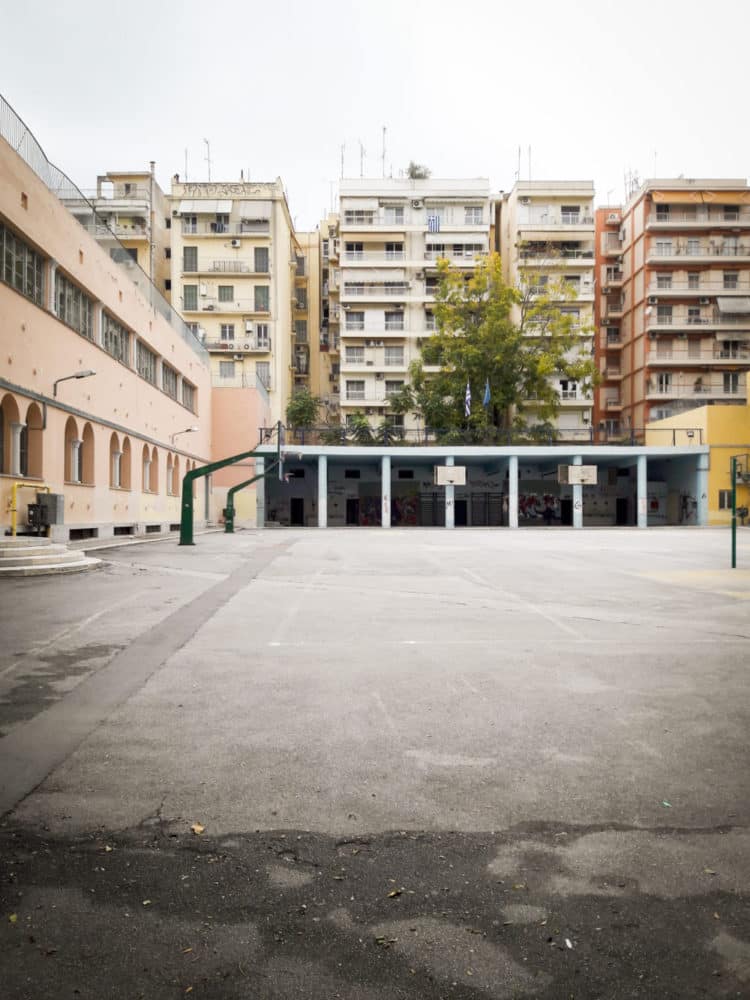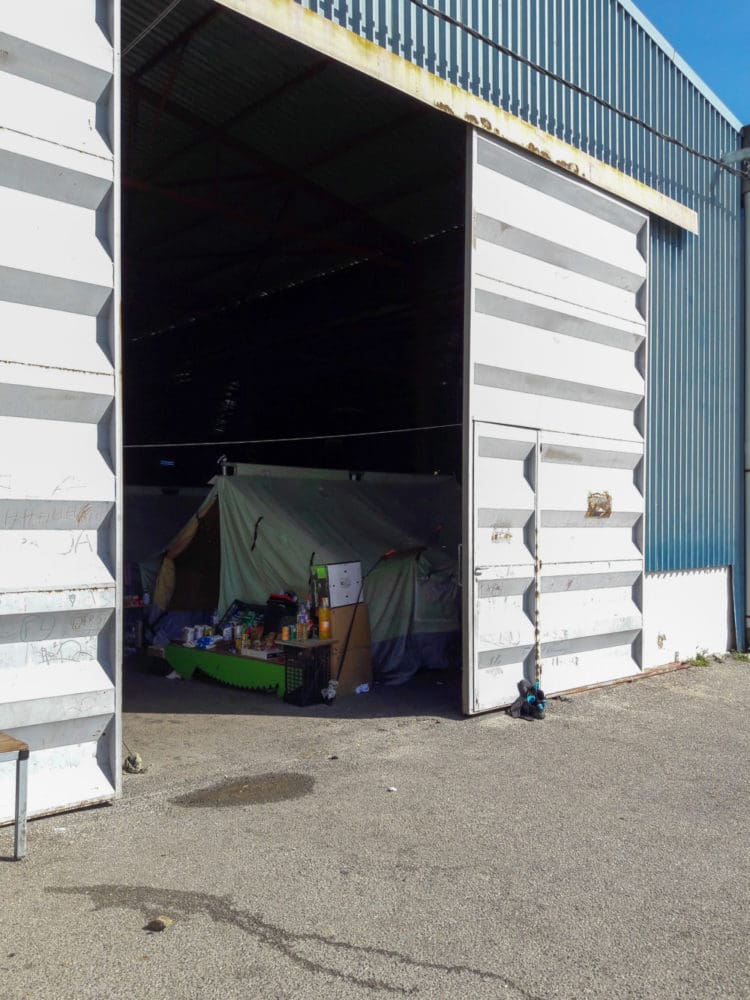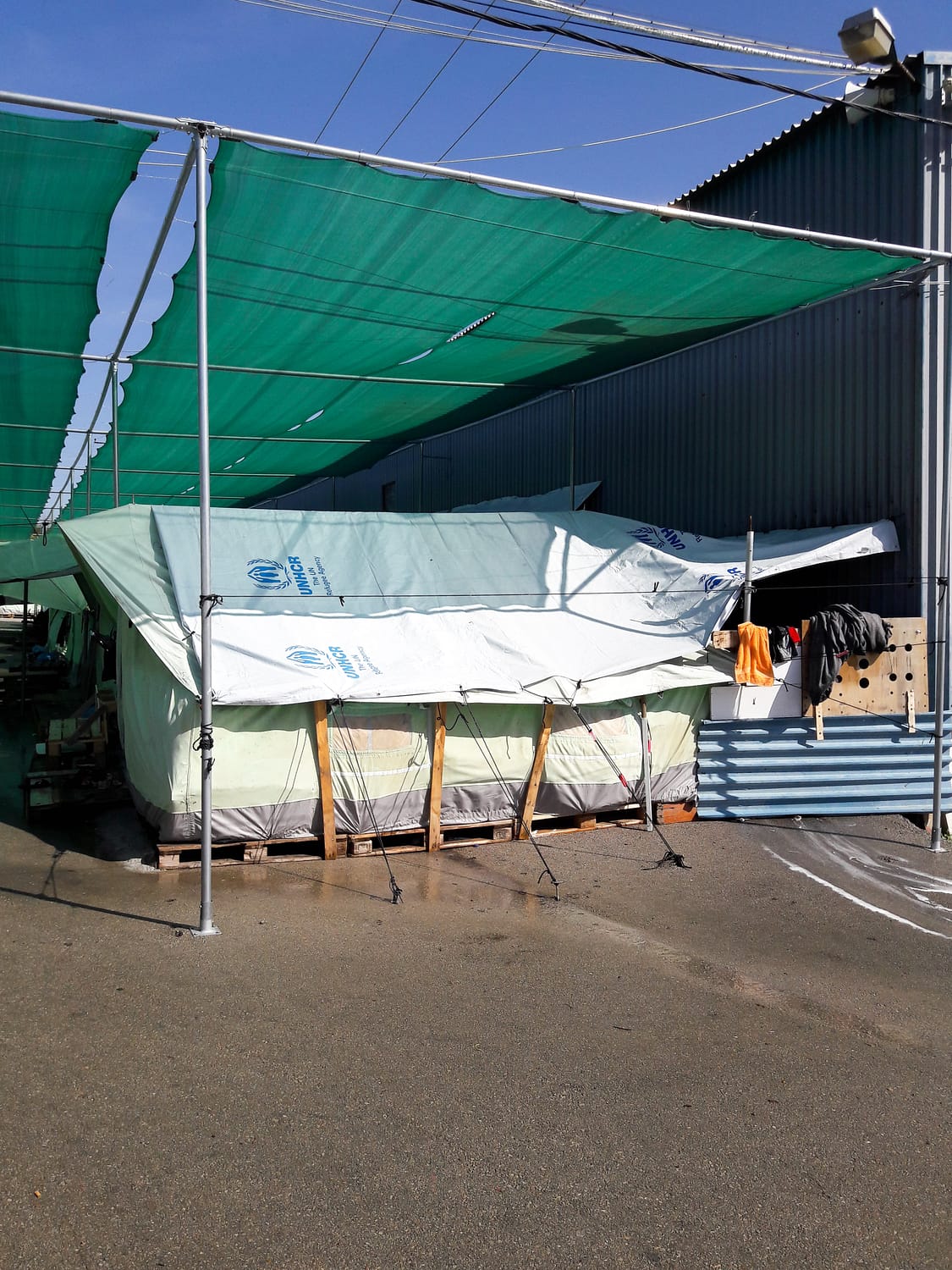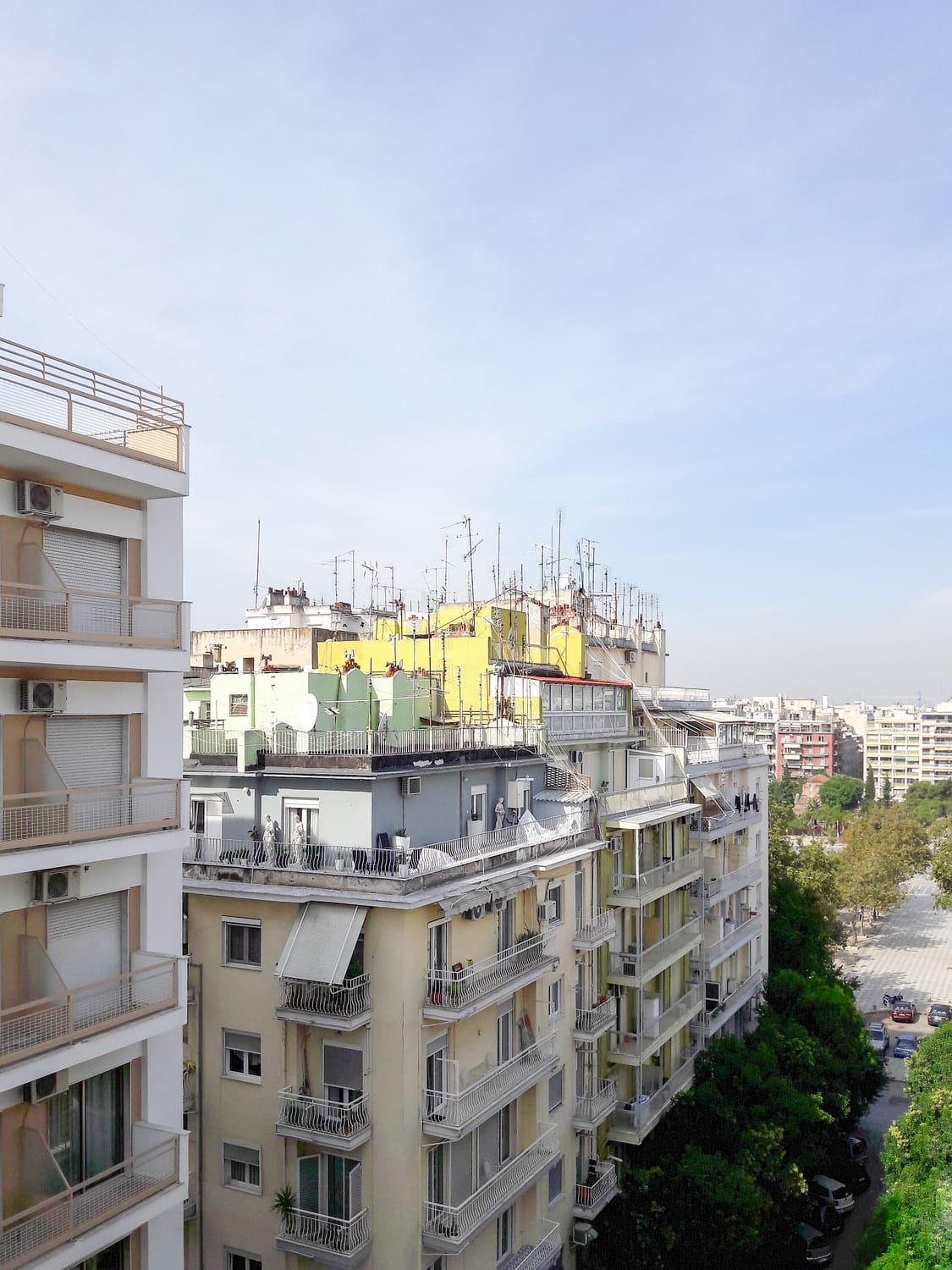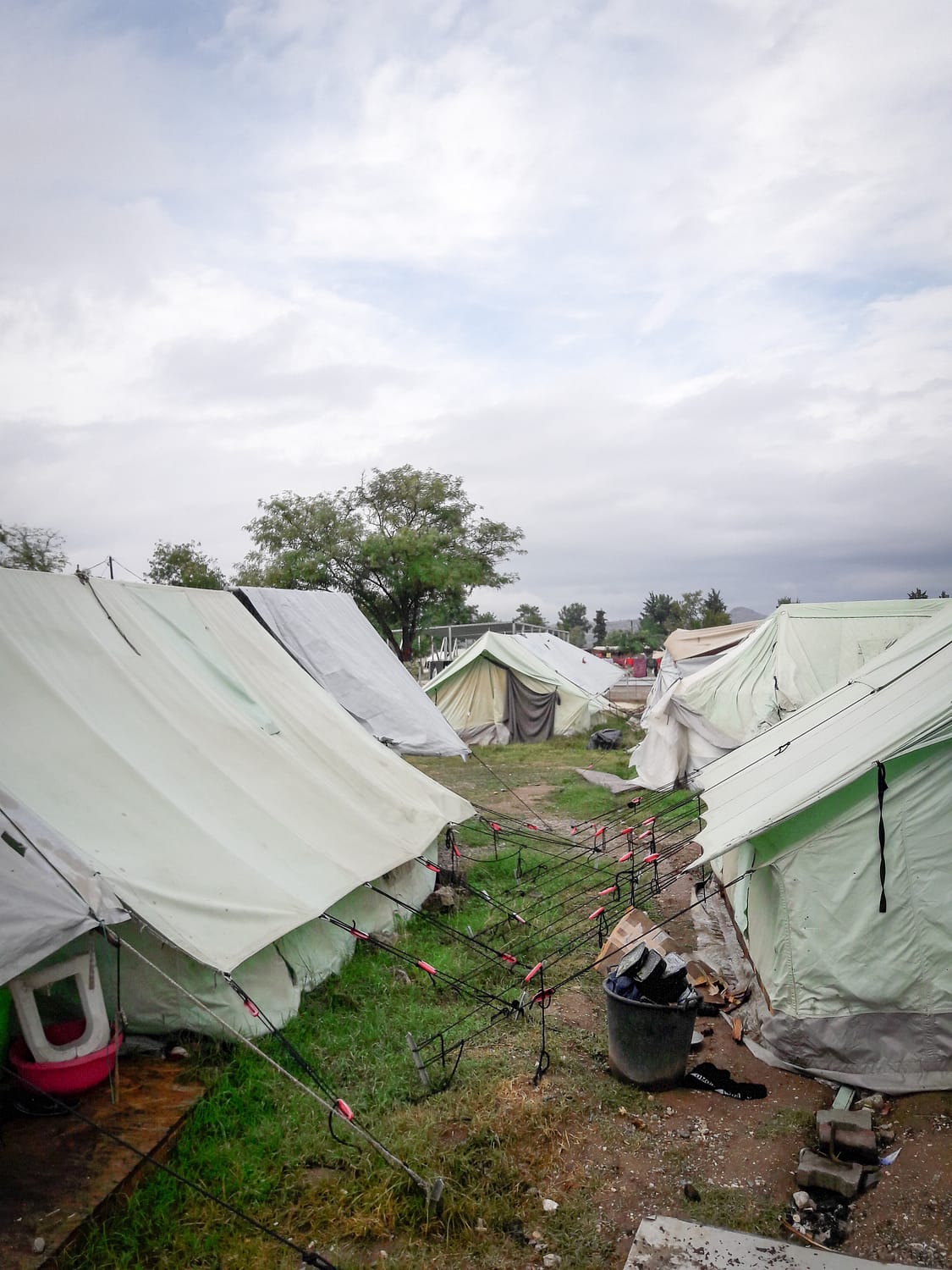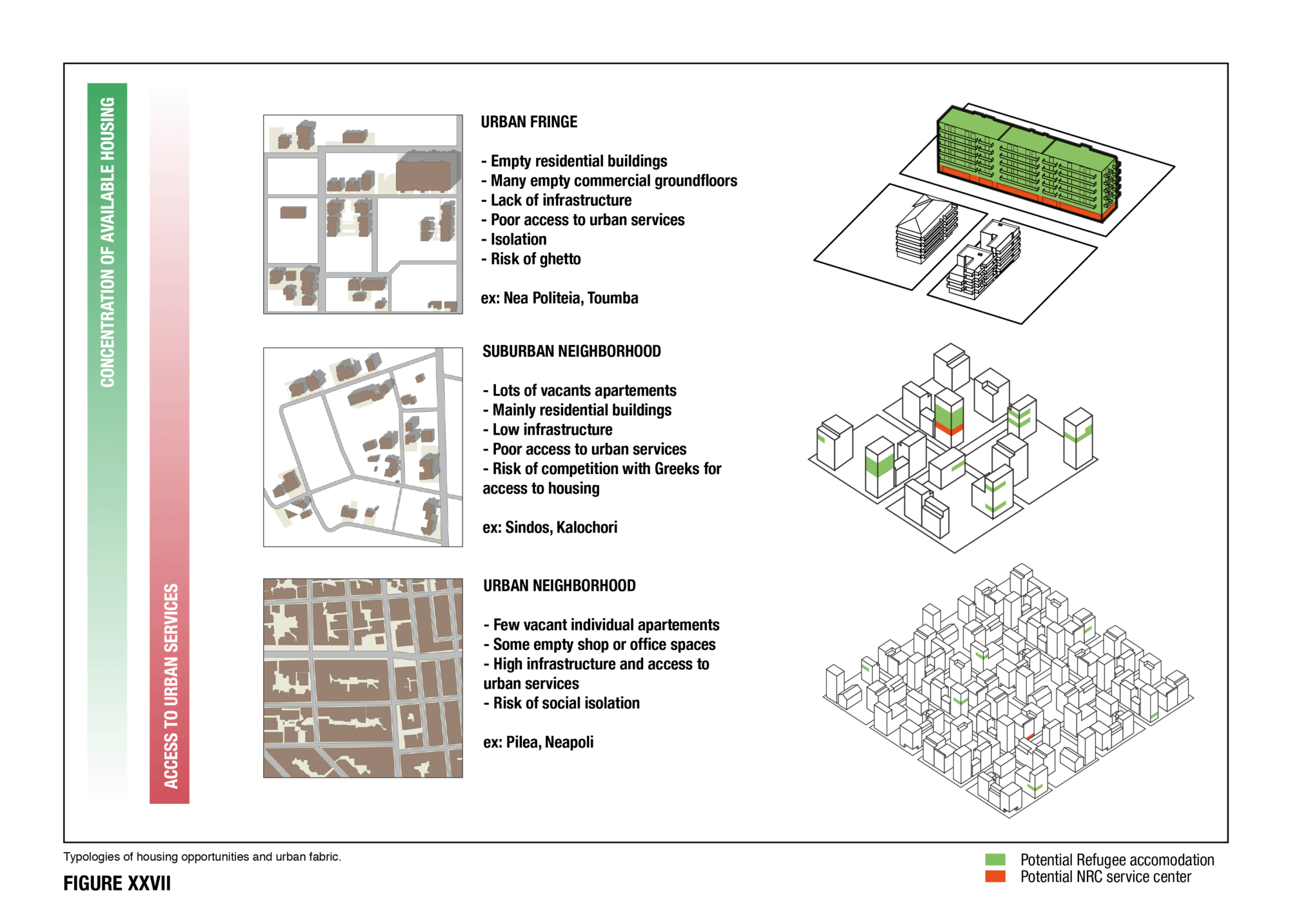Study on housing alternatives to camps in Thessaloniki and its surrounding region (Greece)
This study responds to NRC’s request to review possible housing alternatives to camps in Thessaloniki and its surrounding region (Greece). The report is divided into three parts: a context analysis, an urban study and study of the housing market, and recommendations for implementing the “urban housing” component of the NRC project.
The context analysis first highlights the lack of data and information available on the refugee population in Greece, about 13,000 of whom live in camps in the northern regions of the country. These unknowns are consequently hampering international aid organizations’ efforts to move refugees out of the camps and into alternative accommodation. Furthermore, this housing solution itself remains a short-term response that currently mainly focuses on those applying for relocation to Europe, who are predominantly fully-registered refugees.
Client
– Norwegian Refugee Council
Date
– 2016
The urban study of Thessaloniki reveals a city in crisis. As in the rest of the country, Thessaloniki has been deeply marked by the recession triggered by the 2009 economic crisis and by the austerity measures imposed by the EU that followed. At the urban level, the housing and construction market has been paralyzed , and the development of certain areas of the city has ground to a halt. Yet Thessaloniki remains a relatively mixed city without great social fragmentation that, throughout history, has managed to accommodate several major waves of migration.
The study of different neighborhoods reveals the demographic dynamism of the city’s vast suburbs that contain relatively new housing stock (30% of the total stock built between 1980 and 1995), which is primarily intended for sale (Evosmos, Thermi). The various maps presented in this study provide information on individual neighborhoods, including data on housing. The study also include an interactive map showing the density of urban services within the metropolitan area and in secondary cities. Combining this data reveals a number of potential locations in which to rehouse refugees.
